Known for her minimalist, organic, and timeless designs, Peretti left a lasting legacy in the jewellery and design industries.
Elsa Peretti, born in 1940 in Florence, grew up in a privileged environment. At 21, she left home to teach languages and skiing at her former Swiss boarding school. She later earned an interior design degree in Rome and worked for an architect in Milan.
In 1966, she moved to Barcelona, where she worked as a model and began redefining her perspective on life. Two years later, she relocated to New York City, marking the beginning of her transformative journey in design and creativity.
In New York, Elsa Peretti quickly became immersed in the vibrant fashion scene, forging a close friendship with top Italian designer Giorgio di Sant’Angelo. As a model, she was a favorite of renowned photographer Helmut Newton and a muse to designer Halston, with whom she shared a deep creative connection.
Despite her success as a model, Elsa yearned for a way to express her own creativity. She confided in di Sant’Angelo, saying, “It’s going to be jewelry.” What began as a seemingly spontaneous decision quickly proved transformative. Her first designs—an organic bottle pendant and a heart-shaped belt—were met with immediate acclaim when both di Sant’Angelo and Halston featured them on their runways.
“The bottle was very popular,” Elsa recalled, and to support her burgeoning passion, she continued modelling to fund her production costs. These early successes marked the beginning of her iconic journey in jewellery design.
In 1972, Elsa Peretti's designs were picked up by Bloomingdale's. This exposure solidified her reputation as a rising talent in the design world. By 1974, Peretti had joined Tiffany & Co., marking a defining moment in her career. “It all happened when George O’Brien, the art director at Tiffany, spoke to [fashion editor] Carrie Donovan, who spoke to Halston, who spoke to me, and set up the meeting,” she recalled. After presenting her Bottle pendant to Tiffany executives, she immediately signed a contract, beginning a decades-long collaboration that would shape modern jewellery design.
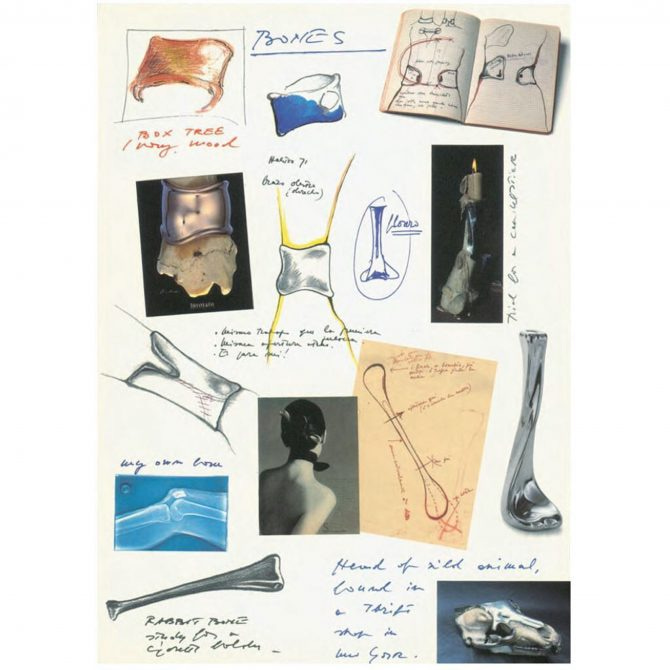
Peretti's work at Tiffany became synonymous with silver jewelry featuring elegant, shapely curves. Her designs were inspired by the tactile world, a sensibility she explained in a 1971 interview with the New York Post: “Touch is important: I get lots of my inspiration from tactile things, maybe because I don’t see very well.” This focus on form and texture became a hallmark of her timeless aesthetic.
Humble about her own work, Elsa once remarked, “I am not an artist; I’m a craftswoman.” This ethos reflected her deep respect for the artistry and skill involved in creating her timeless designs.
Aesthetic
Organic and Sculptural Forms:
Peretti's designs were inspired by the natural world, featuring shapes reminiscent of bones, beans, teardrops, and shells.
Her "Bone Cuff" and "Bean" collection are prime examples of her ability to translate organic forms into wearable art.
Minimalism and Timelessness:
Her jewelry often embraced simplicity, with clean lines and understated elegance that made her pieces versatile and enduring.
She used negative space and asymmetry to create a sense of movement and balance.
Innovative Use of Materials:
Peretti was a pioneer in incorporating sterling silver into fine jewelry, making luxury more accessible.
She also worked with unconventional materials such as lacquer, bamboo, and rattan, blending them seamlessly with precious metals and gemstones.
Human-Centric Design:
Her pieces were designed to complement and flow with the human form, emphasizing wearability and comfort.
Peretti’s jewelry was often described as sensual, as it interacted with the body in a natural, almost intimate way.
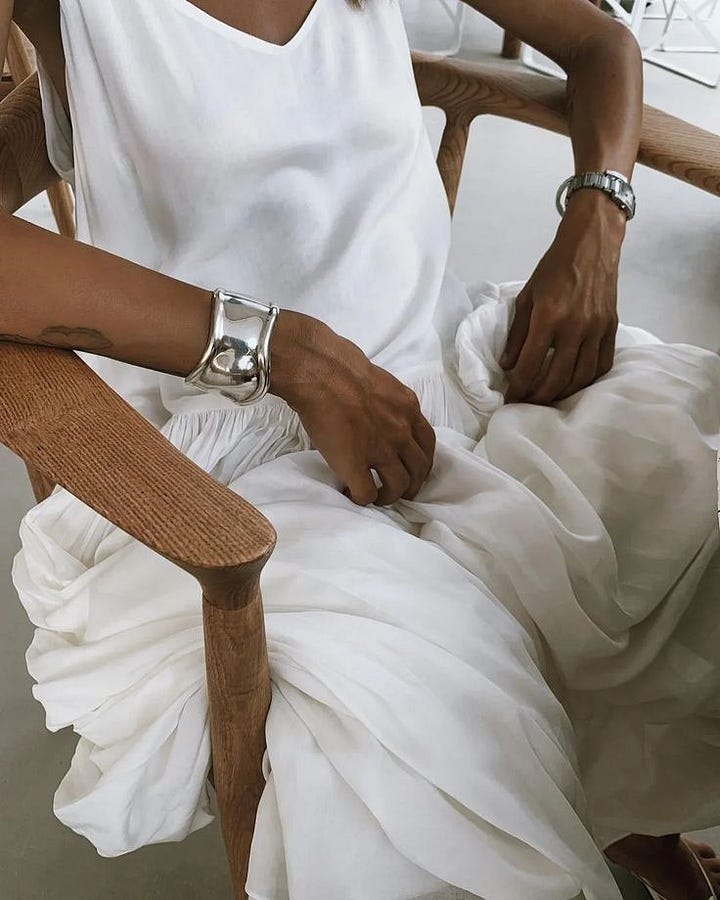
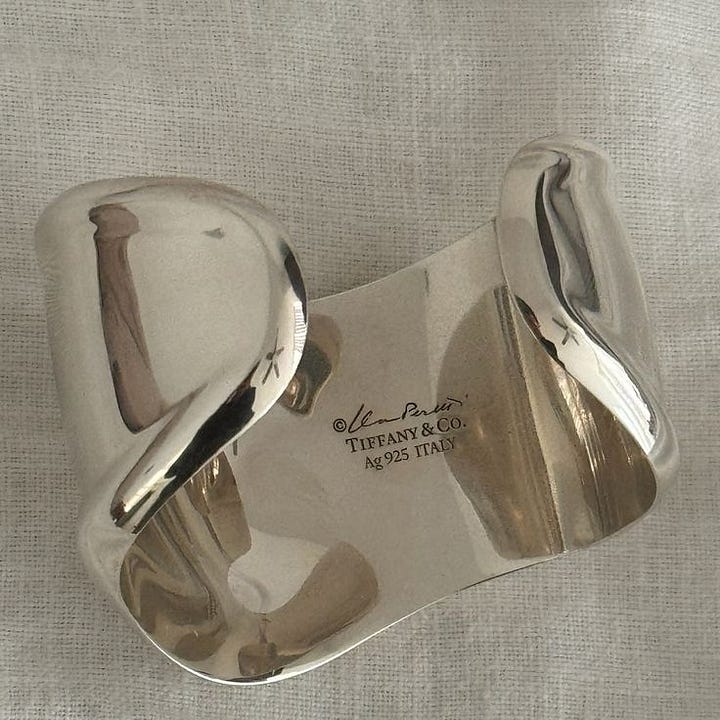



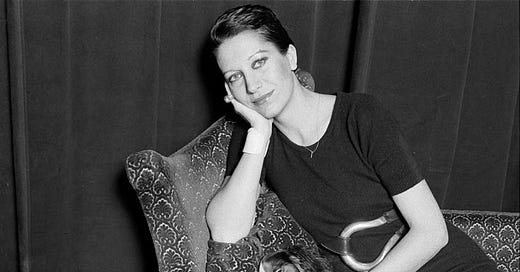



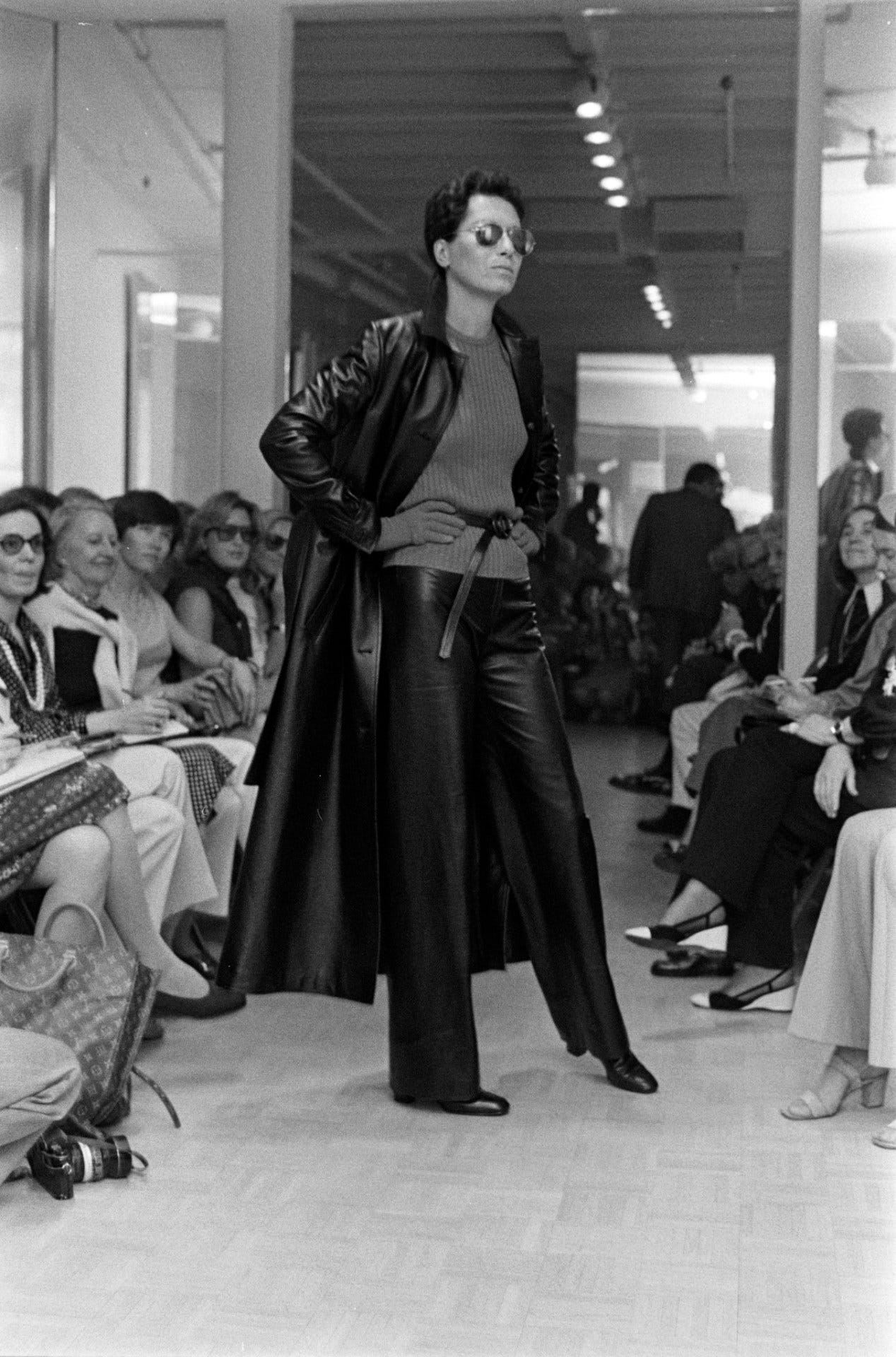
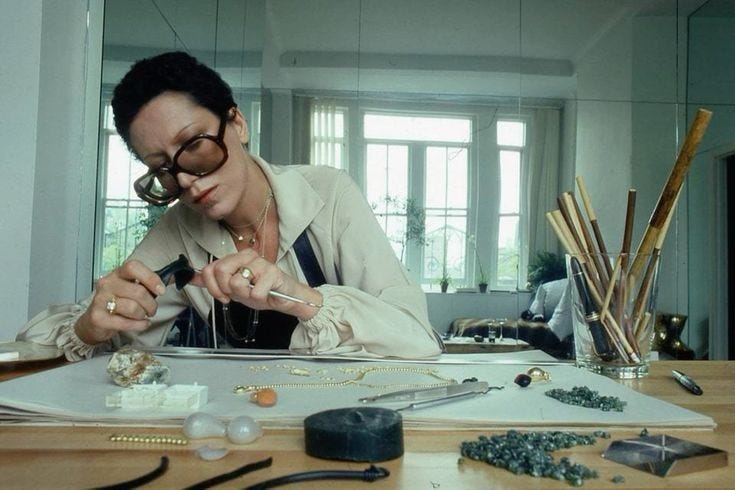
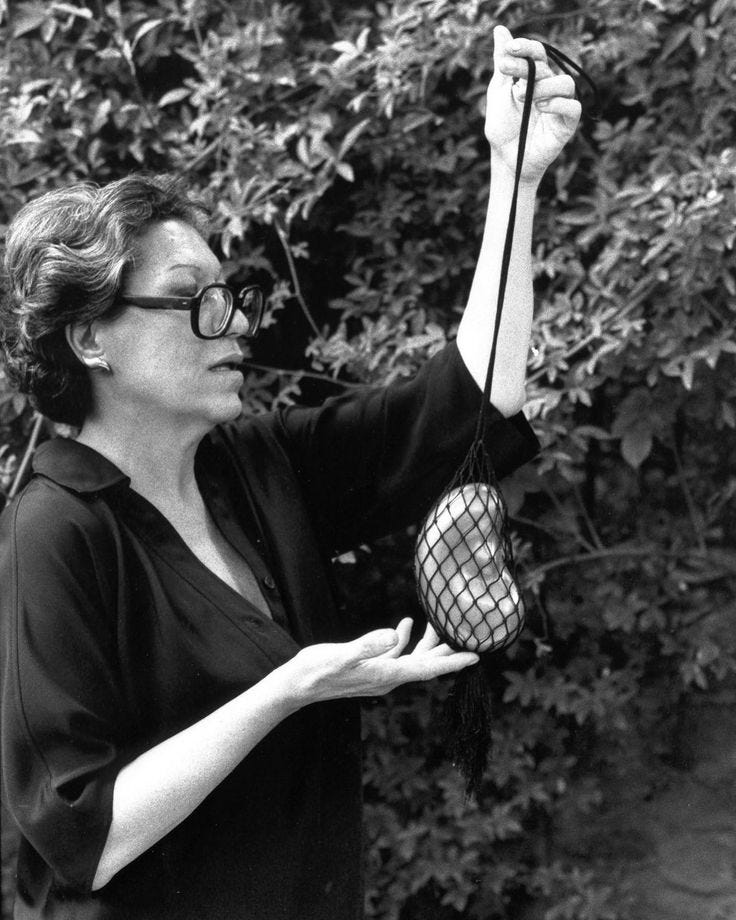
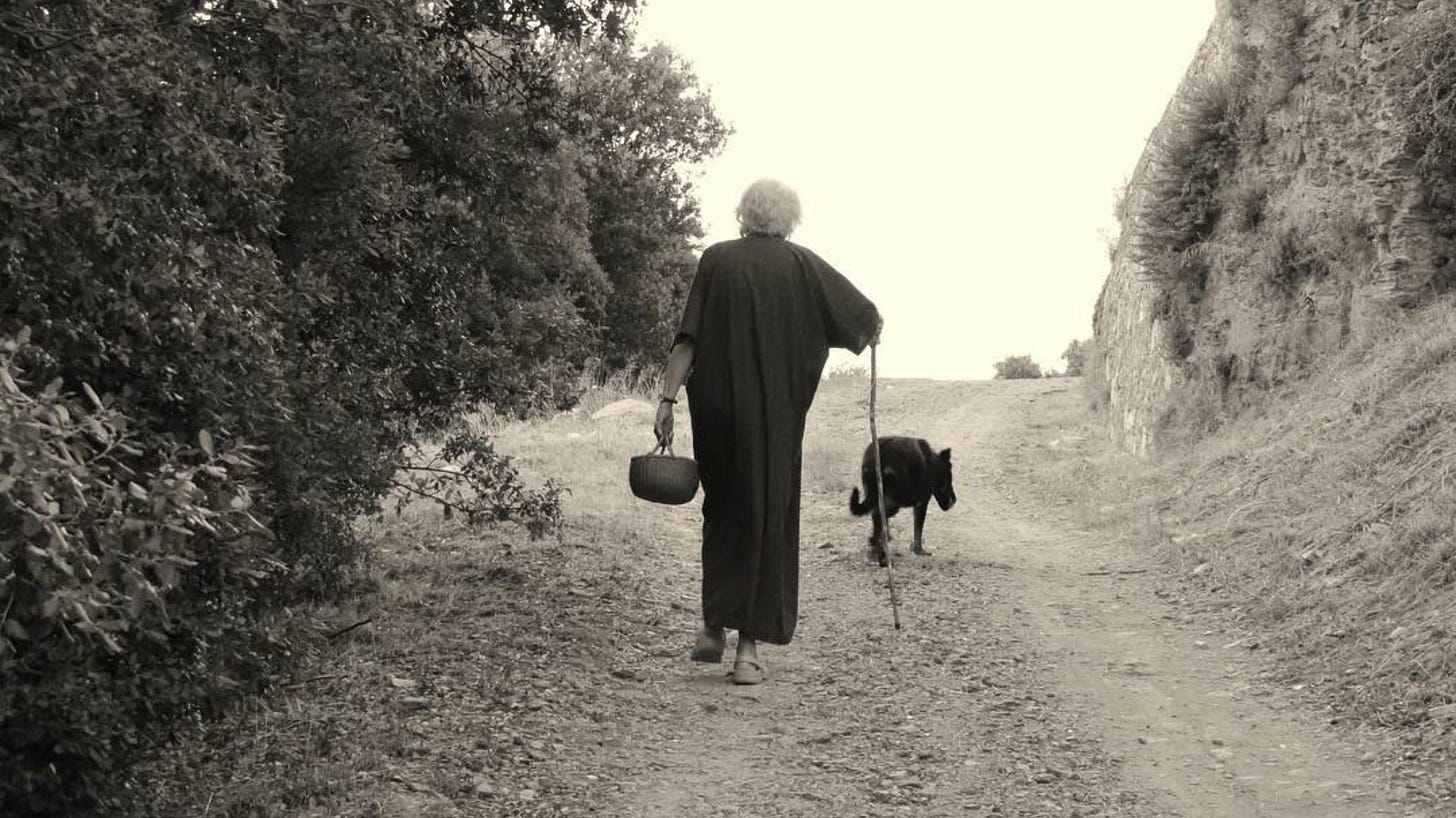
Really enjoyed this